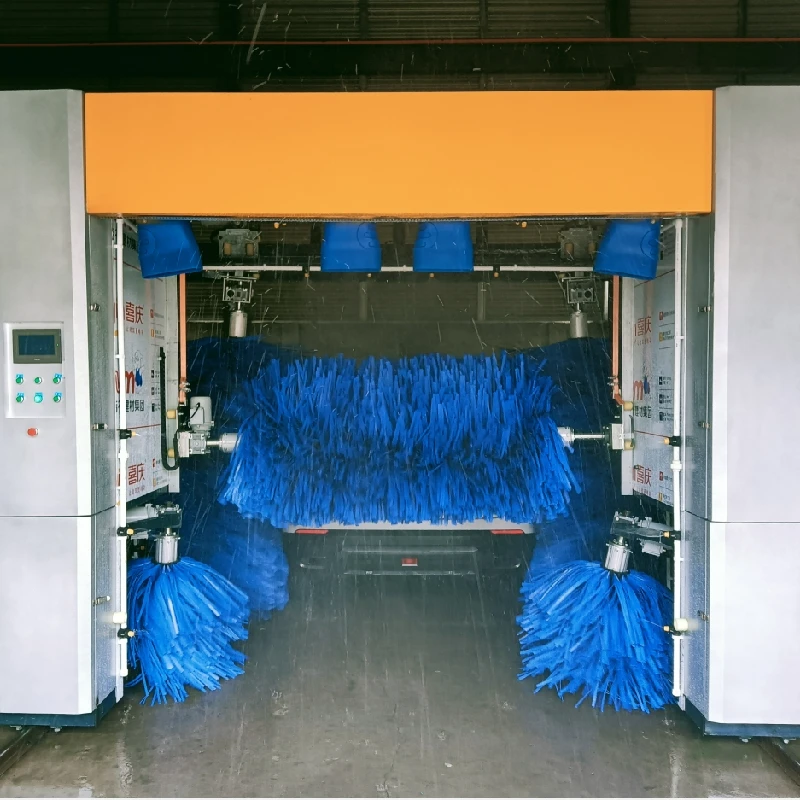2 月 . 13, 2025 10:49
Back to list
tunnel car
Innovative advancements in the automotive industry have consistently driven the evolution of diverse automobile categories. Among the emerging technologies, tunnel cars have sparked considerable interest for their unique design efficiency and driving experience. Defined by their distinct ability to navigate through underground roadways, tunnel cars offer a combination of streamlined travel, reduced congestion, and enhanced environmental considerations.
An important facet of the tunnel car experience is its influence on commuting patterns. The reduced transit time can significantly impact urban dwellers’ daily routines. With the ability to bypass surface traffic, commuters can save valuable time, which translates into increased productivity and enhanced well-being. This efficient transportation mode fosters greater connectivity between urban centers and outlying areas, promoting balanced economic growth across regions. In the broader context of global mobility trends, tunnel cars represent a forward-thinking solution to the challenges posed by urbanization. As cities seek to become smarter and more sustainable, the expansion of tunnel systems offers a viable solution to congestion, pollution, and the land scarcity crisis. Stakeholders in the automotive and urban planning industries must collaborate to integrate these systems into sustainable urban growth models that benefit all residents. Although tunnel car technology is still in developmental stages in many parts of the world, its prospective impact on modern transportation systems is profound. With the right blend of engineering innovation, governmental support, and public acceptance, tunnel cars could transform urban travel, setting a precedent for future developments in personal and public transportation. In conclusion, tunnel cars signify a pivotal movement towards reducing urban congestion and promoting eco-friendly transportation. Through their advanced propulsion and navigation systems, along with the promise of reduced travel times, tunnel cars present a forward-thinking mode of transport. As cities continuously seek solutions for sustainable growth, embracing tunnel car technology could offer substantial benefits for the environment and the bustling lives within urban landscapes.


An important facet of the tunnel car experience is its influence on commuting patterns. The reduced transit time can significantly impact urban dwellers’ daily routines. With the ability to bypass surface traffic, commuters can save valuable time, which translates into increased productivity and enhanced well-being. This efficient transportation mode fosters greater connectivity between urban centers and outlying areas, promoting balanced economic growth across regions. In the broader context of global mobility trends, tunnel cars represent a forward-thinking solution to the challenges posed by urbanization. As cities seek to become smarter and more sustainable, the expansion of tunnel systems offers a viable solution to congestion, pollution, and the land scarcity crisis. Stakeholders in the automotive and urban planning industries must collaborate to integrate these systems into sustainable urban growth models that benefit all residents. Although tunnel car technology is still in developmental stages in many parts of the world, its prospective impact on modern transportation systems is profound. With the right blend of engineering innovation, governmental support, and public acceptance, tunnel cars could transform urban travel, setting a precedent for future developments in personal and public transportation. In conclusion, tunnel cars signify a pivotal movement towards reducing urban congestion and promoting eco-friendly transportation. Through their advanced propulsion and navigation systems, along with the promise of reduced travel times, tunnel cars present a forward-thinking mode of transport. As cities continuously seek solutions for sustainable growth, embracing tunnel car technology could offer substantial benefits for the environment and the bustling lives within urban landscapes.
Prev:
Next:
Related PRODUCTS




